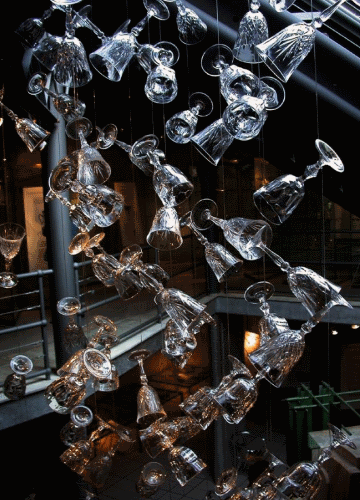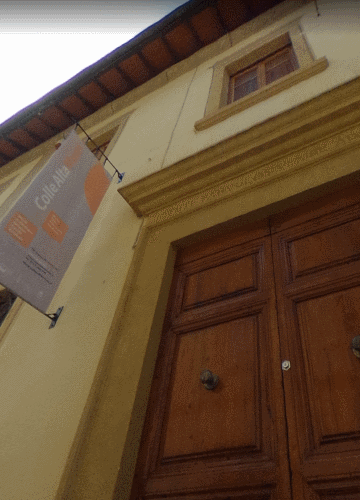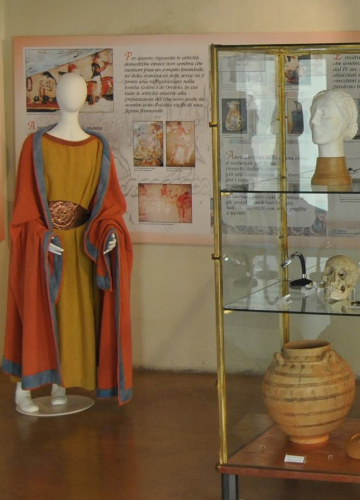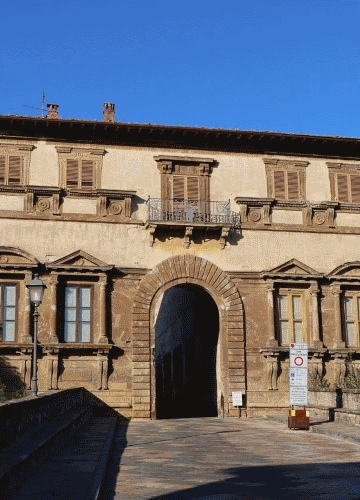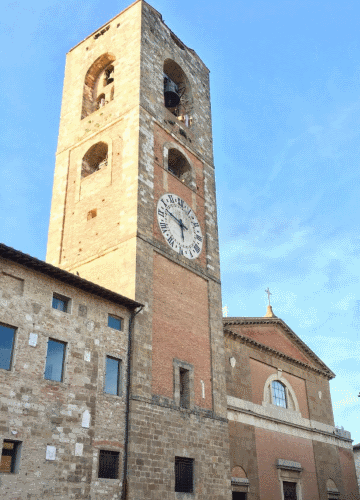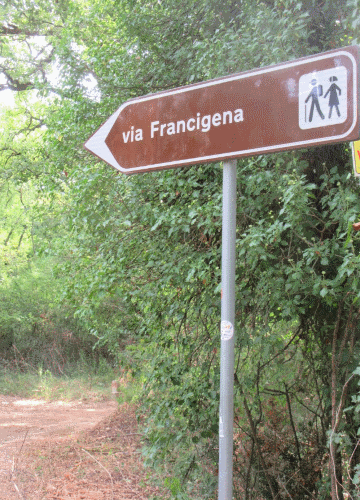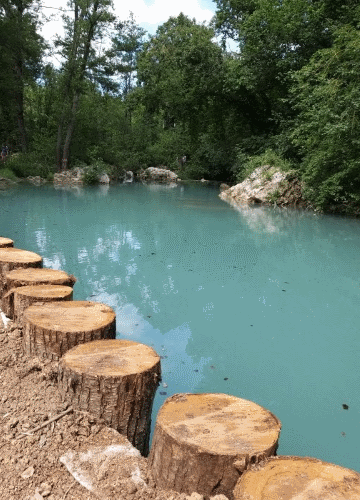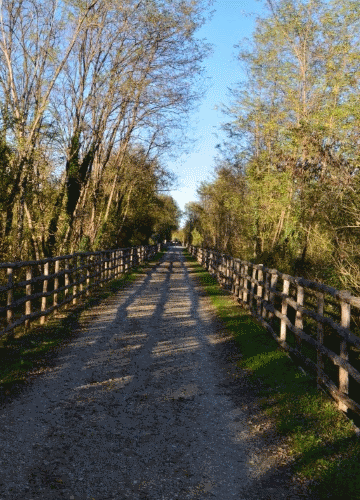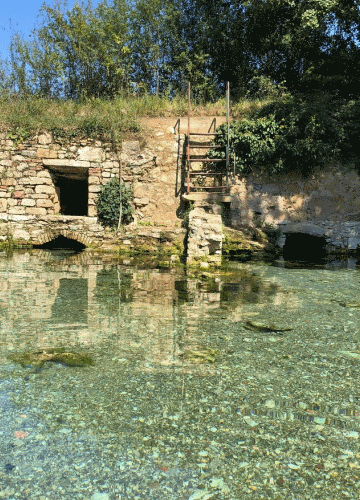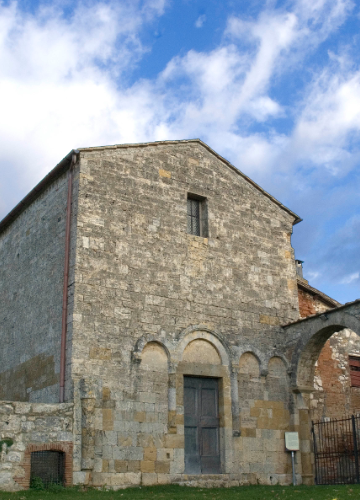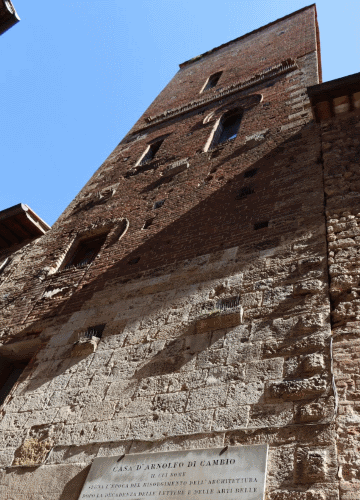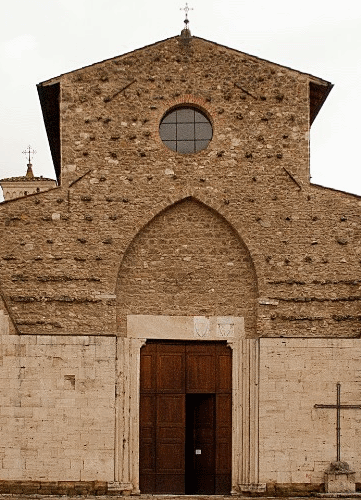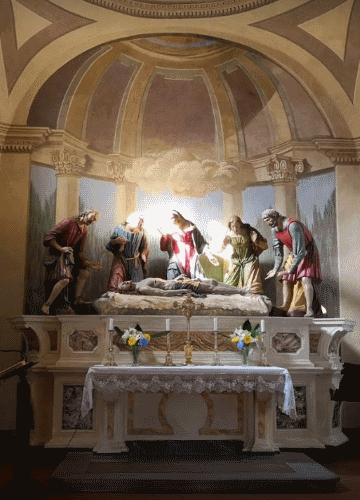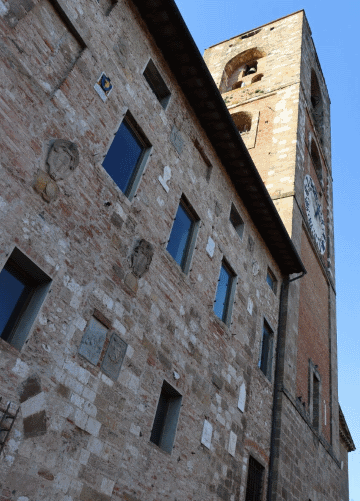What to seein Colle Val d'Elsa
Home » What to see
What to see at Colle Val d'Elsa
The city, visibly separated into two distinct settlements, the upper and lower part, is actually divided into three nuclei that have developed over time: The Castle, the Borgo, joined by an imposing arch (Colle Alta) and the Piano ( Colle Bassa).
Silence and peace dominate the upper part of Colle, where the medieval and Renaissance charm of the city is preserved. Here, currents and artistic styles that have followed one another over time are still well recognizable today, including tower-houses, palaces and churches, but also Colle Bassa, although more modern, has interesting monuments such as the Gothic church of Sant’Agostino and that of San Salvatore.
Crossing the fifteenth-century Porta Nuova leads to the upper part of Colle, where the ancient village of Santa Caterina is located, born between the eleventh and twelfth centuries under the first residential nucleus of the Castle. Near the gate of Porta Nuova there is an installation created by the Japanese artist Tadashi Kawamata for the Arte all’Arte event (2004), made of cypress wood and metal and which replaced the original doors of the door. An event that over the years has left many other works by international artists in the city. Leaving behind Piazza Santa Caterina with the namesake church you cross a street called of love, flanked by noble buildings and palaces. Continuing alongVia del Campana, we reach the Palazzo homonymous among the most important Renaissance buildings present, which connects Borgo and Castello. Strolling along via di Castello is something magical, a silent journey into the past interrupted only by the screeching of crows that find shelter in the millenary walls to defend the suggestive tower-houses, among which that of Arnolfo di Cambio stands out.. The road ends in the elegant Piazza Duomo surrounded by the Palazzo Pretorio, with the façade decorated with the coats of arms of the Podestà, from the Duomoand from the Palazzo dei Priori which houses the historic collections of the Civic Museum and Sacred Art, now merged into the Museum of San Pietro. Also in the upper part of Colle are the precious archaeological collections of Ranuccio Bianchi Bandinellie Museum and the former Conservatory of San Pietro designed by Giorgio Vasari.
Among the many religious buildings still present in this land today, one of the most characteristic and evocative is the abbey ofSanta Maria Assunta, a few kilometers away from the city,in the locality of Conèo.
However, Colle’s art and knowledge is not only recognized in the buildings, walls, squares and palaces in the city and surroundings, but also in some particular processes that have been handed down for centuries such as glass and crystal. Goblets, plates and glasses are the result of so much skill and technique, made up of tricks and knowledge in blowing and engraving (glass and crystal) that can be known in the Museo del Cristallo.
In the lower part of Colle everything becomes more modern, but no less interesting. Squares, monuments, works of contemporary art, art galleries, the theater, former factories perfectly absorbed in revisited urban spaces and for lovers of nightlife, restaurants for all palates, lounge bars, wine bars, aperitif and night clubs. For nature lovers, unmissable the Sentirelsa, equipped path of about 3 kilometers in a protected area that plunges into a natural and suggestive environment. A path for bicycles (4 Km) which flanks the Elsa river then connects Colle Val d’Elsa to Poggibonsi. Finally, for those who find themselves passing through Colle Val d’Elsa, perhaps along the Via Francigena, you cannot give up taking a bath in the open air in the warm water tubs of theCaldane.
In this short text only a few treasures present in Colle are mentioned, but the city offers many other buildings, views, squares, streets, works of art and pieces of industrial archeology that we have not been able to mention but are worthy of attention and all to be discovered. So take your time because Colle will not disappoint you!
